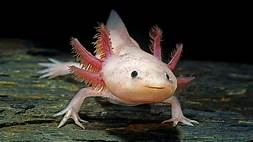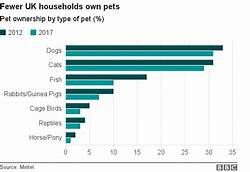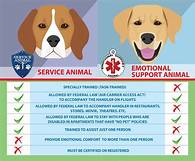Is Extermination Safe for Pets?
Extermination is a common method of pest control that uses pesticides or other chemicals to eliminate pests such as insects, rodents, and spiders. While extermination can be an effective way to get rid of pests, it is important to be aware of the potential risks to pets.

Pet Safety Concerns with Extermination
There are several ways that extermination can pose a risk to pets:
1. Direct Contact with Pesticides: Pets can come into direct contact with pesticides during extermination treatments if they are present in the treated area. This can happen through contact with treated surfaces, contaminated food or water, or by inhaling the pesticides. Direct contact can lead to a variety of health problems, including skin irritation, respiratory problems, and neurological damage.
2. Secondary Exposure: Pets can also be exposed to pesticides through secondary exposure, which occurs when they come into contact with contaminated surfaces or objects. For example, if a pet walks on a treated surface and then licks its paws, it can ingest the pesticides. Secondary exposure can also occur if a pet eats contaminated food or water, or if they come into contact with a pest that has been exposed to pesticides.
3. Long-Term Health Effects: Some pesticides can have long-term health effects on pets, even if they are not immediately exposed to high levels of the chemicals. These effects can include cancer, reproductive problems, and developmental disorders.
How to Protect Pets During Extermination
If you are planning to have an extermination treatment done in your home, there are several things you can do to protect your pets:
1. Keep Pets Out of the Treated Area: The most important thing you can do to protect your pets is to keep them out of the treated area during and after the treatment. This means keeping them in a separate room, or even outside of the home, if possible.
2. Cover Food and Water: Cover all food and water bowls before the treatment and keep them covered until the treatment has been completed and the area has been thoroughly aired out.
3. Clean and Wash: After the treatment, clean and wash all surfaces that your pets may come into contact with, such as floors, counters, and furniture. You should also wash your pet's bedding and toys.
4. Monitor Your Pet's Health: Monitor your pet's health closely after the extermination treatment. Watch for any signs of illness, such as vomiting, diarrhea, skin irritation, or respiratory problems. If you notice any of these signs, contact your veterinarian immediately.
Alternatives to Extermination
If you are concerned about the safety of extermination for your pets, there are several alternative methods of pest control that can be used. These methods include:
1. Integrated Pest Management (IPM): IPM is a comprehensive approach to pest control that uses a variety of methods to reduce pest populations, including cultural, biological, and chemical controls. IPM is often considered to be a safer option for pets because it reduces the need for chemical pesticides.
2. Physical Pest Control: Physical pest control methods, such as traps, barriers, and exclusion, can be used to keep pests out of your home without the use of pesticides.
3. Natural Pest Control: There are a number of natural pest control products available that are safe for use around pets. These products often contain ingredients such as essential oils, vinegar, and baking soda.
Before choosing an extermination method, be sure to discuss the options with your veterinarian and choose a method that is safe for your pets.
Declaration: All article resources on this website, unless otherwise specified or labeled, are collected from online resources. If the content on this website infringes on the legitimate rights and interests of the original author, you can contact this website to delete it.





